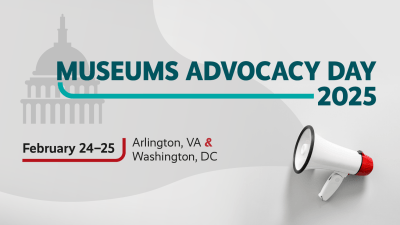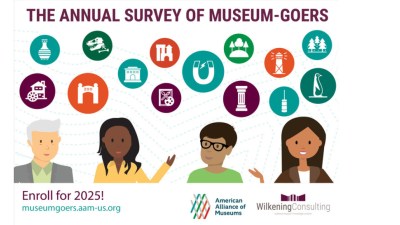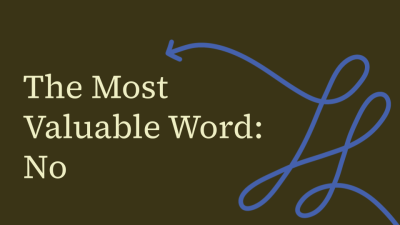
The upheavals of 2020 are drawing more attention to a venerable form of community self-help: mutual aid societies. These self-organized support groups arose in the eighteenth century as a way for communities to provide their members with financial and social services. After the Civil War, for instance, mutual aid societies formed by Black communities provided support for the formerly enslaved, while in the early twentieth century many immigrant groups organized to assist each other and new arrivals. (I believe my father’s family belonged to a landsmanshaft—a mutual aid society formed by Jewish immigrants from the same hometown.) Often driven by necessity, serving marginalized communities ill-served by mainstream services, mutual aid has over time become increasingly ideological as well—fueled by a desire to rely on peer-to-peer networks in preference to accepting charity from outside the community. Community-driven systems are seen as a way of abolishing hierarchies and reclaiming power.
Now our tattered social safety net is leading many communities to revive mutual aid as a way to serve needs not being met by existing systems. For example, mutual aid groups are surging in Minneapolis/St. Paul in the wake of the killing of George Floyd— becoming, in effect, community-run social service agencies. In the Bay Area, two San Franciscans launched Black Queer Groceries to raise funds for contactless grocery delivery to Black, queer, and trans people in order to lower the risk of COVID-19 transmission. UChicago Mutual Aid (UCMA) formed in late March to provide food, housing, protective gear, and money to the university community.
And mutual aid funds are also being started by staff at individual museums, to assist colleagues furloughed or laid off during the COVID-19 financial crisis. In a recent article for Artnet News, Eileen Kinsella reports that such funds have been launched by staff at the Museum of Fine Arts Boston, the Tenement Museum, the Museum of Contemporary Art in Los Angeles, and the Brooklyn Museum. (These funds are often started with the support and encouragement of established systems—As Kinsella notes, the Brooklyn Museum fund was bolstered by four-figure donations from the museum’s director, former director, and board chair.)
In addition to these specific relief funds, there are others that may be available to people working in museums, based on their profession, identity, or location. If you, your friends, or your colleagues are in need of assistance, these resources may be able to help. And if you are in a position to do so, consider donating to one of these funds, to share what wealth we have. Here is a list I have compiled through my reading of some funds that may be of assistance to our field—please contribute more links in the comments section below, or by emailing content@aam-us.org.
Funds Specific to Professions
Museum Workers
The Museum Workers Relief Fund organized by Museum Workers Speak distributes $500 grants, funded by their GoFundMe campaign. (As of press time, they have raised $62,405.) Eligible applicants are identified as “any museum worker in the U.S. who has been laid off, furloughed, or otherwise severely impacted by the COVID-19 pandemic. Funds are intended for museum workers in the most precarious financial situations, even pre-crisis.”
Artists
Many relief funds are providing grants to working artists affected by the pandemic. Some are directed to particular art forms (visual or performing), cities, or states. Others have few limits (for example, Artist Relief offers $5k grants for practicing artists experiencing “dire financial emergencies” due to the COVID-19 pandemic.)
Several organizations are trying to maintain current lists of all these funds. See for example, the National Endowment for the Arts’ COVID-19 Resources for Artists and Arts Organizations; the COVID-19 Freelance Artist Resource; and the Artwork Archives’ Financial Relief Resources for Artists During COVID-19.
That said, not every artist relief fund shows up on all or even any of these lists. (For example, I stumbled across the Clare Rose Foundation’s Grants for Teaching Artists, which gives preference to teaching artists in their San Diego Creative Youth Development Network, through random internet searching.) I encourage you to cast a wide net in order to catch these potentially useful outliers.
Historians
The American Historical Association’s Historians Relief Fund offers $500 emergency grants to assist unemployed or underemployed historians who have been financially affected by the COVID-19 outbreak.
Identity-Based Funds
The National Center for Transgender Equality tracks trans and other LGBTQ-specific aid funds, as well as a map of local aid efforts (you’ll need an ArcGIS login) and a Google Doc on COVID-19 Mutual Aid & Advocacy Resources.
Funders for LGBTQ Issues maintains a list of rapid-response funds and grassroots campaigns specifically focused on the needs of LGBTQ communities.
The National Center for Lesbian Rights tracks LGBTQ mutual aid funds (including the Queer Families COVID-19 Relief Fund and the COVID-19 Mutual Aid Fund for LGBTQI+ BIPOC Folks).
Geographically Based Funds
Many relief funds are geographically based. See the COVID-19 Funding Local Organizations Relief List and Candid’s Funds for Coronavirus Relief for searchable lists of some of these funds. Since no list can encompass all the organizations forming as this crisis evolves, I also recommend regularly searching on “relief fund” + [name of your city, county, or state] to catch new funds as they emerge.
Skip over related stories to continue reading article









Comments